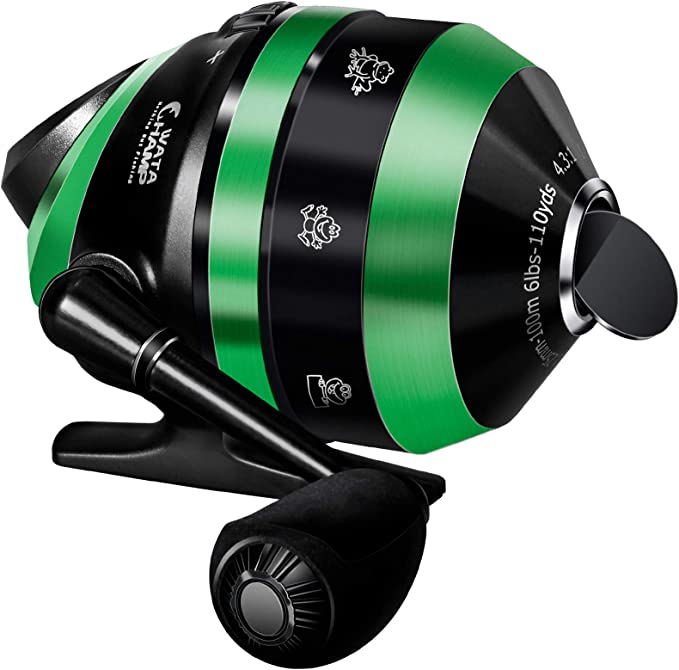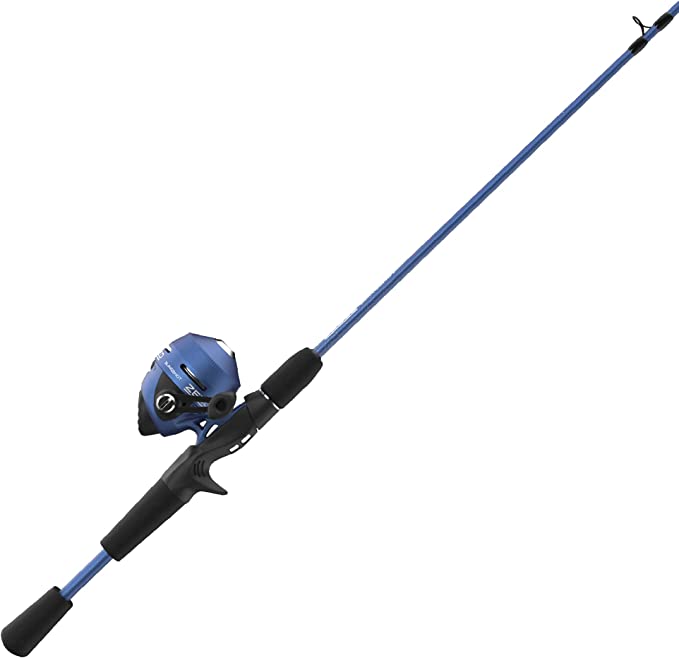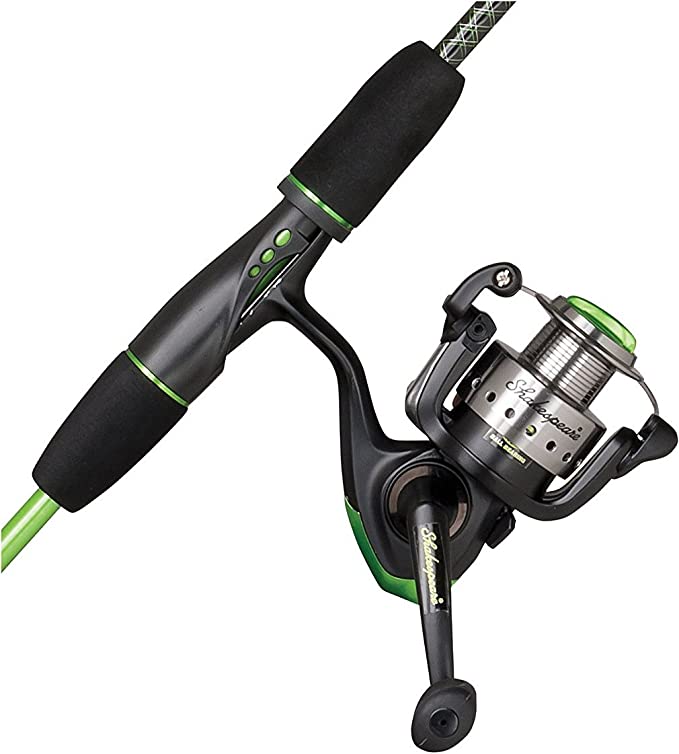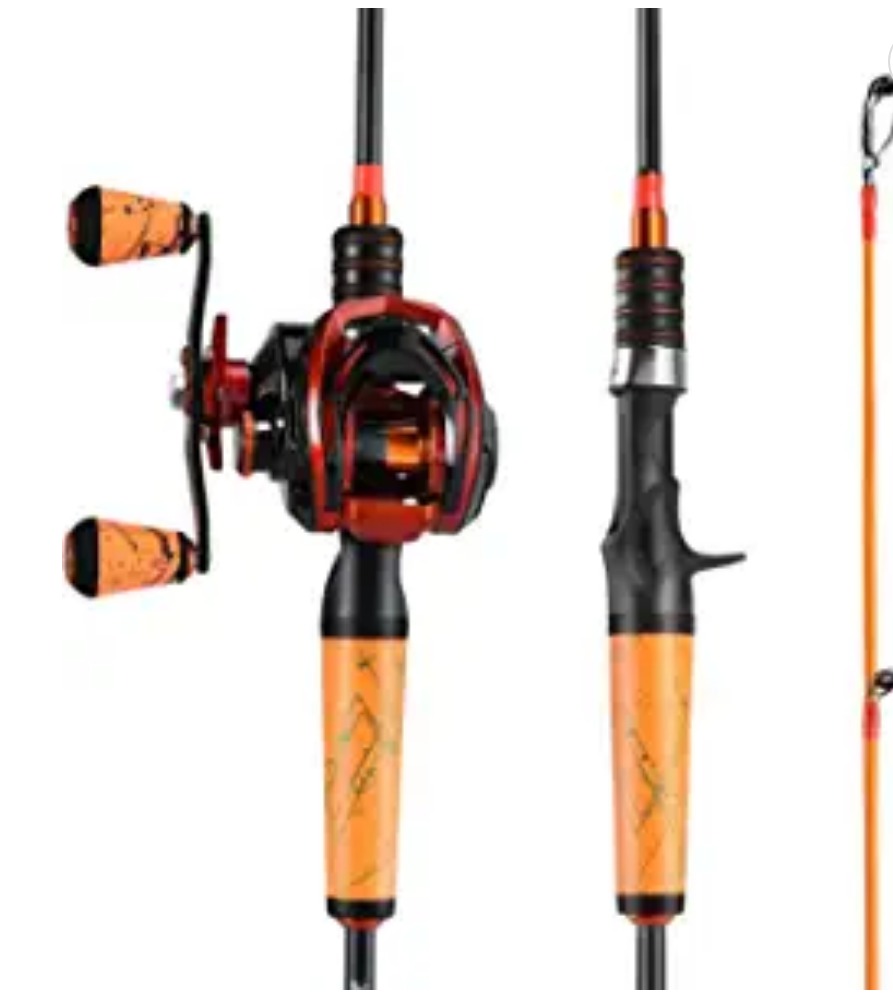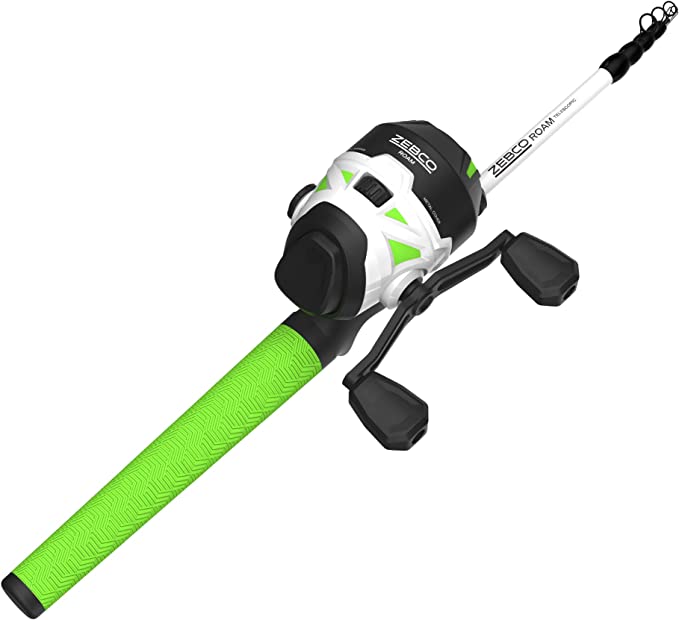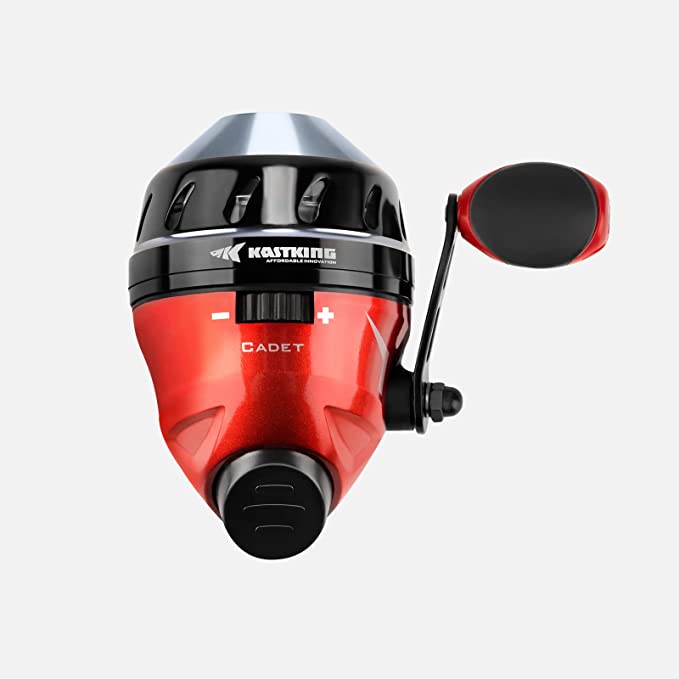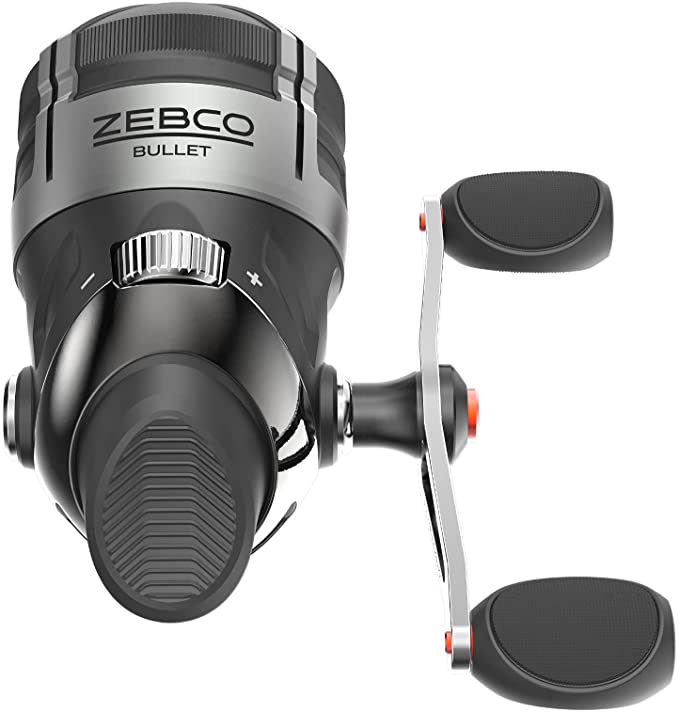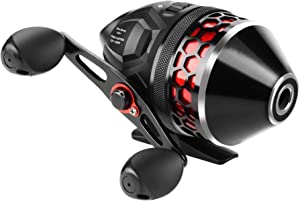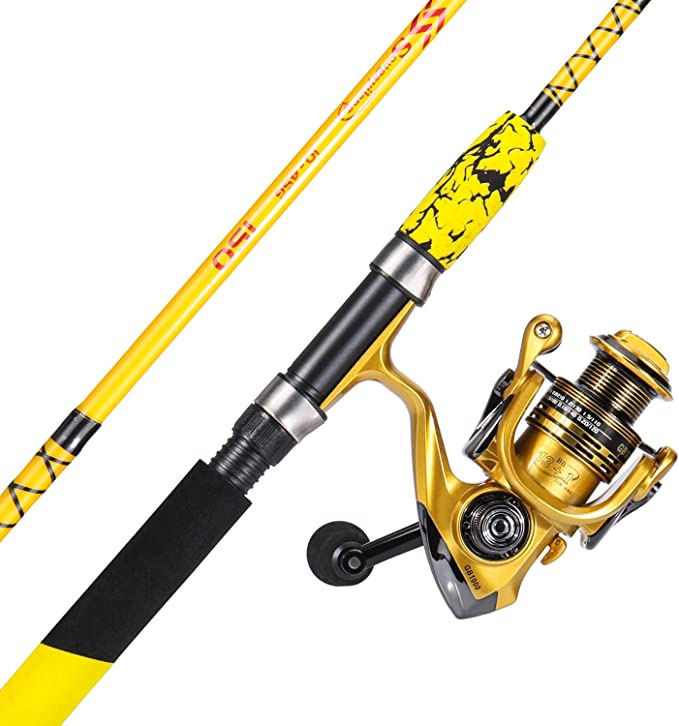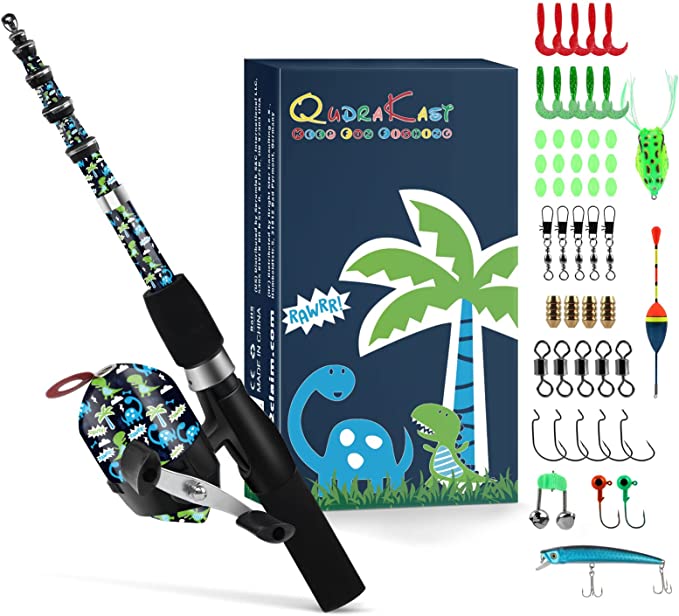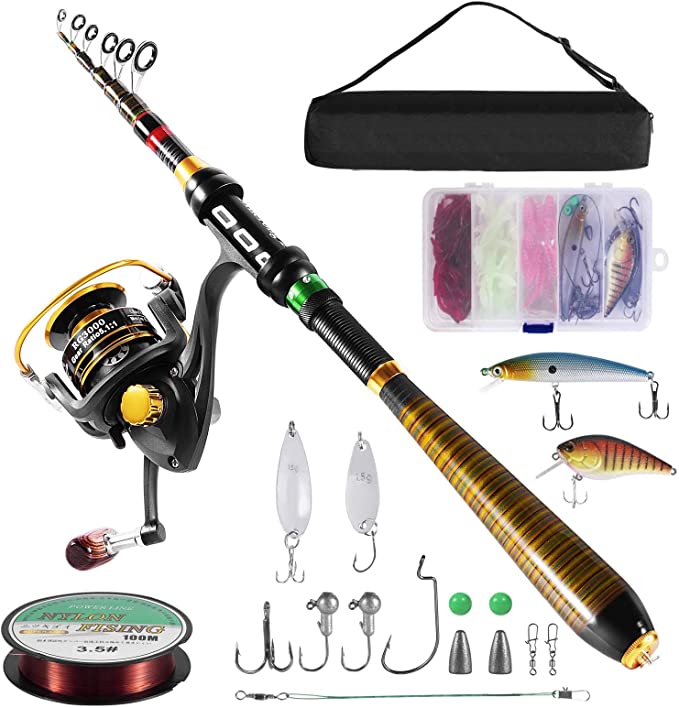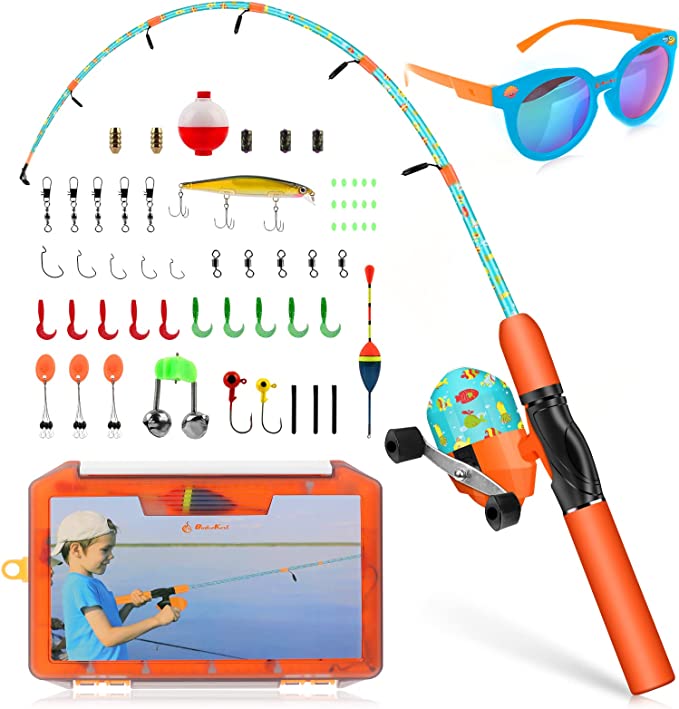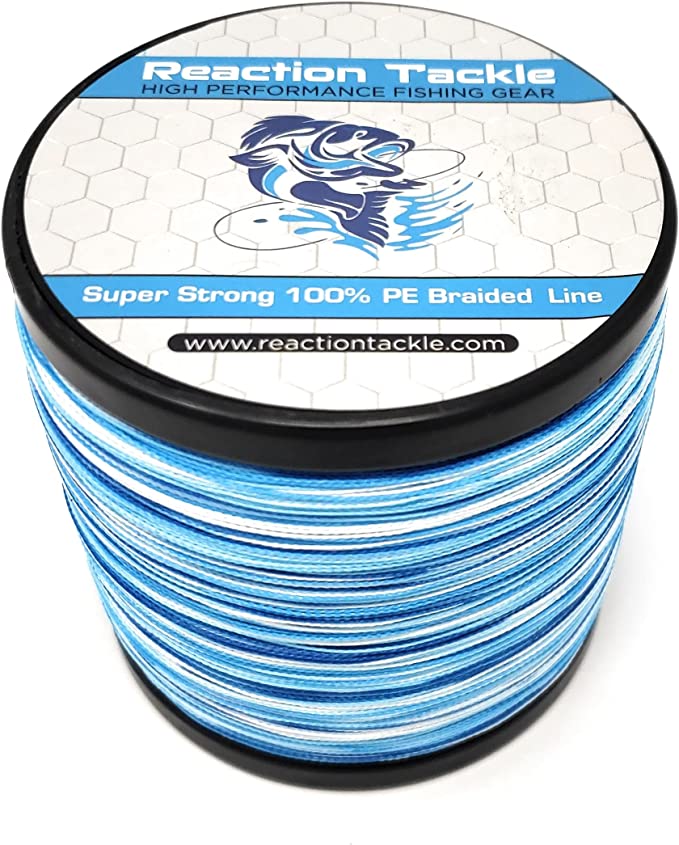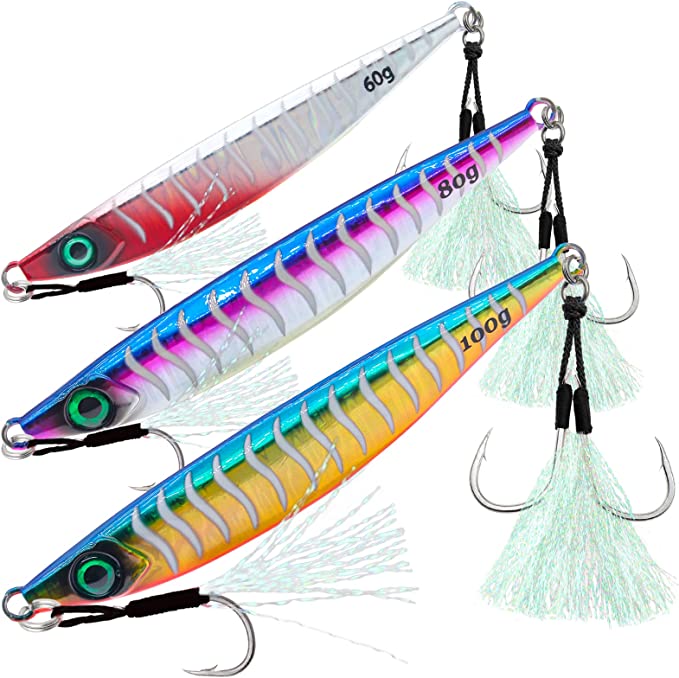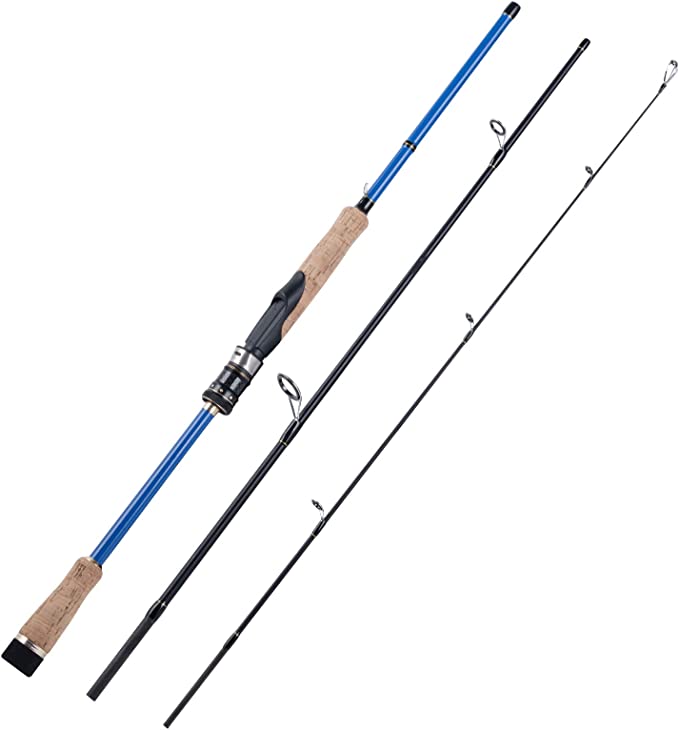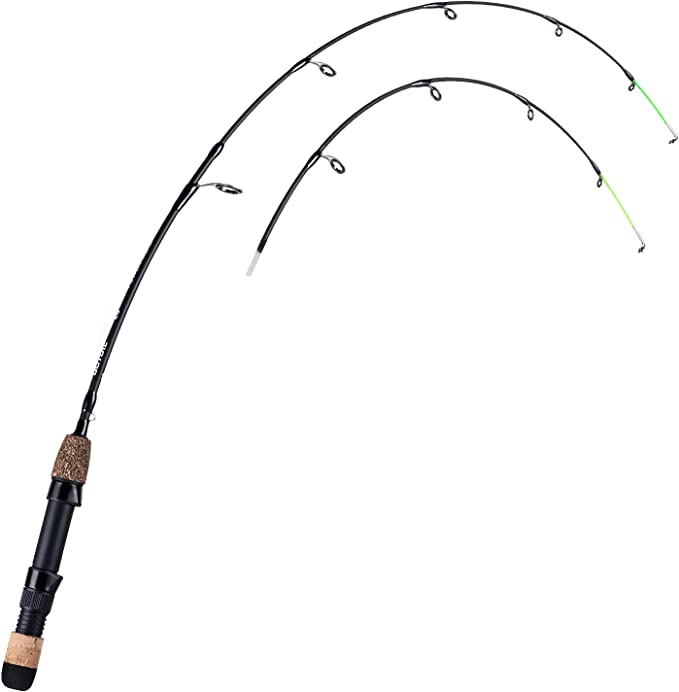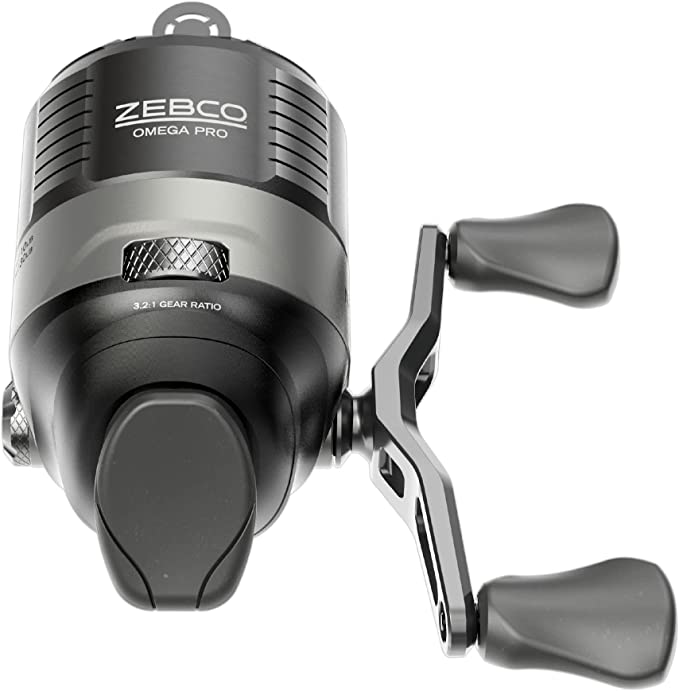Beyond the Button: The Hidden Engineering of the Tangle-Free Spincast Reel
Update on Aug. 1, 2025, 2:42 p.m.
For every seasoned angler who can flawlessly feather a line onto the water’s surface, there are countless others whose early memories of fishing are dominated by a single, maddening image: the “bird’s nest.” That chaotic, seemingly impossible tangle of fishing line is a universal rite of passage, a frustrating testament to the subtle physics involved in casting. Yet, for decades, a humble hero of mechanical engineering has quietly offered a solution: the push-button spincast reel. Using the Sougayilang YZ-DY+CSBL combo as our case study, let’s peel back the cover and demystify the elegant science that makes this design so wonderfully trouble-free.
The Enclosed Universe: Conquering Chaos by Design
The genius of the spincast reel, and the primary reason it prevents tangles, is its enclosed design. Unlike its spinning reel cousin where the line flies off an exposed spool, the spincast reel tucks its spool safely inside a nose cone. This isn’t just for aesthetics; it’s a fundamental principle of control.
When you press and hold the button, a pair of internal pick-up pins retract, clearing a path. As you release the button during your cast, the lure’s momentum pulls the line, which flows straight out through a small, smooth-edged aperture at the front of the cone. This controlled, linear release path is the key. It physically prevents the line from forming the wide, loose loops that, when met with wind or a slight snag, can instantly collapse into a tangled mess. When you begin to crank the handle, the pick-up pins re-engage, grabbing the line and winding it neatly back onto the spool, ready for the next perfect cast.
Inside the Engine Room: A Symphony of Gears and Clutches
Beneath that simple button lies a miniature engine room, a system of interlocking parts each designed to perform a specific task with reliable precision.
First, we have the heart of its power: the 3.9:1 gear ratio. This number means that for every complete rotation of the handle, the spool inside turns 3.9 times. In the world of mechanics, this is a gear ratio built for power, not for speed. Think of it as the low gear on a mountain bike; it takes more pedaling to cover distance, but it gives you the immense torque needed to climb a steep hill. For an angler, this translates into cranking power. When a strong catfish or a determined bass decides to dive deep, this gear ratio gives you the mechanical advantage to winch it in, sacrificing retrieve speed for raw strength.
Next is the source of its fluid motion: the five double-shielded ball bearings. Every moving part in a machine creates friction, which wastes energy and leads to a gritty, grinding feel. Ball bearings are a marvel of physics that replace high-resistance sliding friction with low-resistance rolling friction. The “double-shielded” aspect is a critical detail for outdoor gear. These shields act as guards, protecting the polished bearing races from the angler’s constant enemies: dust, sand, and water spray, ensuring the reel remains smooth season after season.
Perhaps the most critical safety feature is the dial-adjustable drag system. This is the reel’s insurance policy. The Sougayilang combo comes spooled with 10 lb test line, meaning the line is rated to break at forces exceeding 10 pounds. The drag is essentially a calibrated clutch. You can set it so that if a fish pulls with, say, 8 pounds of force, the spool will begin to slip and release line. This prevents a sudden, powerful lunge from snapping the line, acting as a mechanical fuse that protects the entire system from overload. It allows you to tire out a fish that is stronger than your line’s breaking strength.
Finally, the QuickSet anti-reverse mechanism provides the instantaneous response needed for a successful catch. This is a one-way clutch that allows the handle to turn forward freely but locks it instantly from moving even a millimeter backward. This “zero backward play” is crucial. When you feel a bite and sweep your rod to set the hook, this system ensures that 100% of that motion is transferred directly to the line, driving the hook home efficiently.
The Artful Lever: How the Rod Delivers the Cast
While the reel manages the line, the 6.9-foot rod is the engine of the cast. In physics, a fishing rod is a perfect example of a Class 3 lever, designed not to make lifting easier, but to multiply speed at its tip. The length of the rod acts as a long lever arm, and a flick of the wrist is magnified into incredible velocity at the rod’s end, launching the lure towards the horizon.
Its “medium power” rating signifies a versatile backbone, strong enough to handle a good-sized bass but still sensitive enough to transmit the subtle tap of a smaller fish. Paired with a “medium action”—meaning it bends primarily in its top half—it provides a forgiving and predictable casting motion. The comfort for this all-day activity comes from the EVA handle. Ethylene-vinyl acetate is a closed-cell foam celebrated in sports for being lightweight, shock-absorbent, and providing a firm, non-slip grip even when wet.
The Genius of Simplicity
Ultimately, the Sougayilang YZ-DY+CSBL combo isn’t about cutting-edge, revolutionary technology. Its beauty lies in its masterful application of timeless, fundamental engineering principles. It’s a system where a lever (the rod) and a compact engine (the reel) work in perfect synergy to solve a problem. It proves that by understanding the “why” behind your tools—why a low gear ratio means power, why a drag system is a safety clutch, why a cone cover prevents chaos—you become a more capable and confident angler. This isn’t just fishing gear; it’s a lesson in applied physics that you can hold in your hand.
